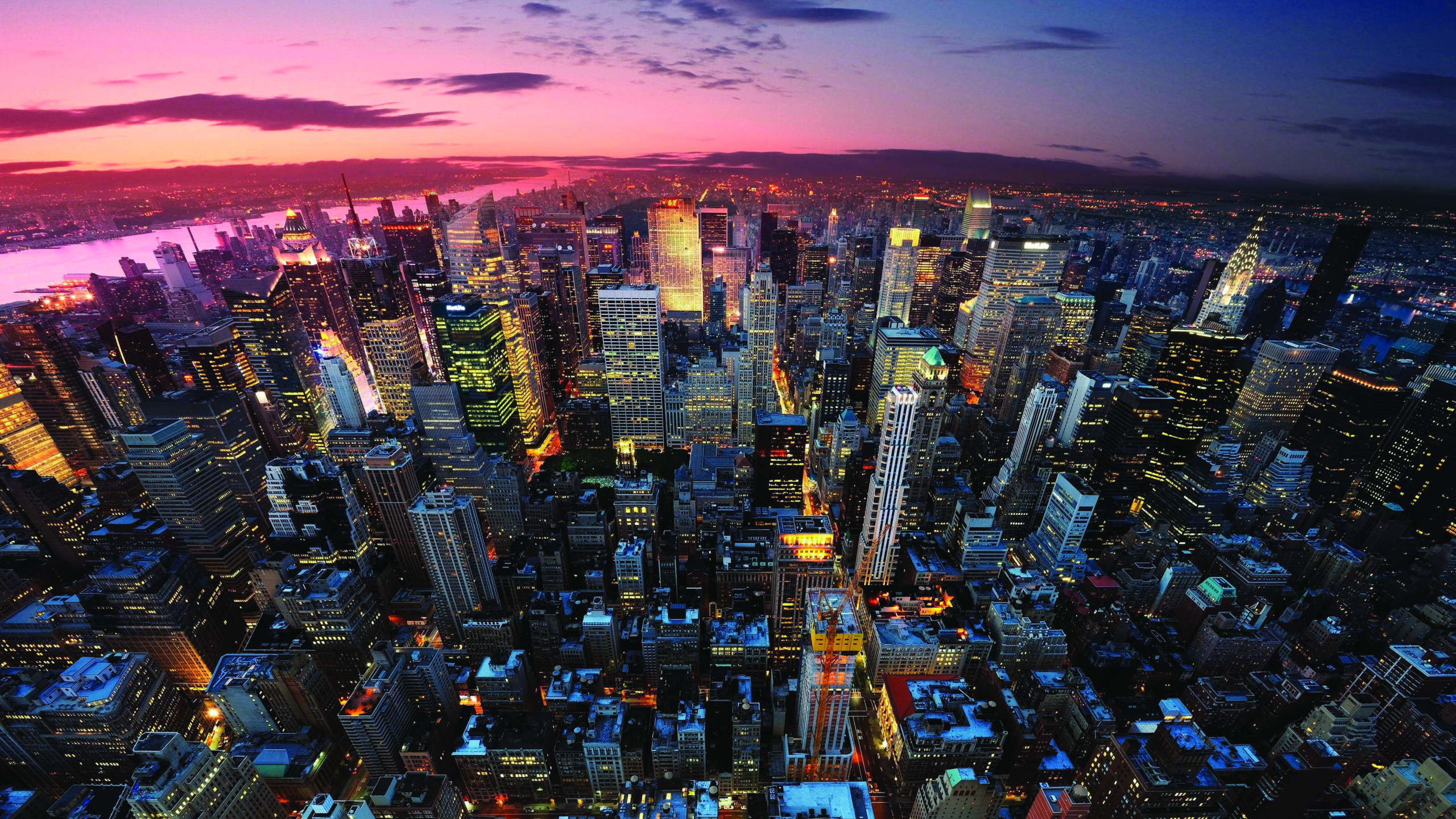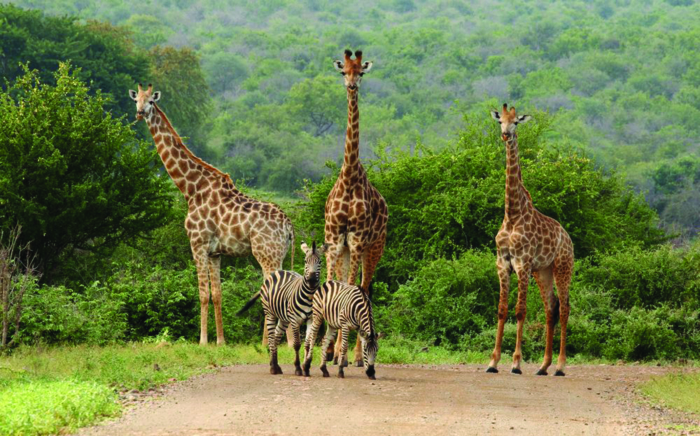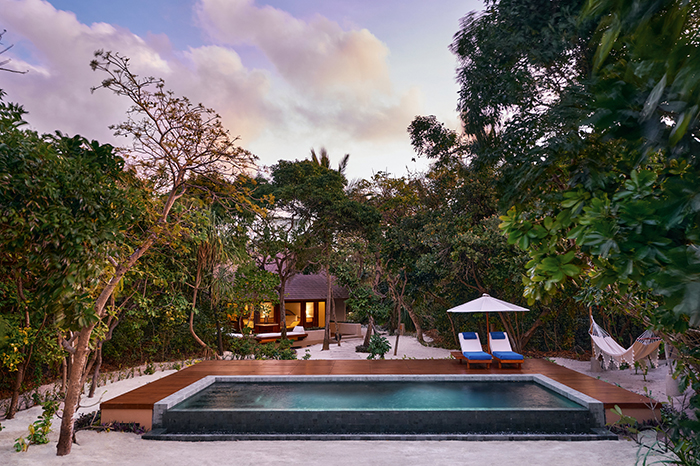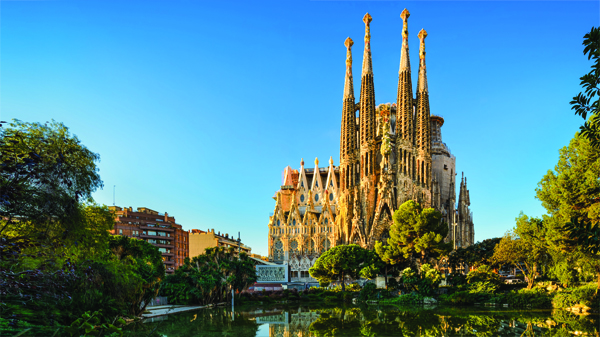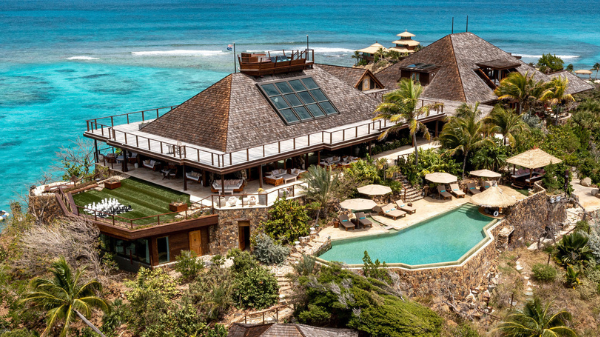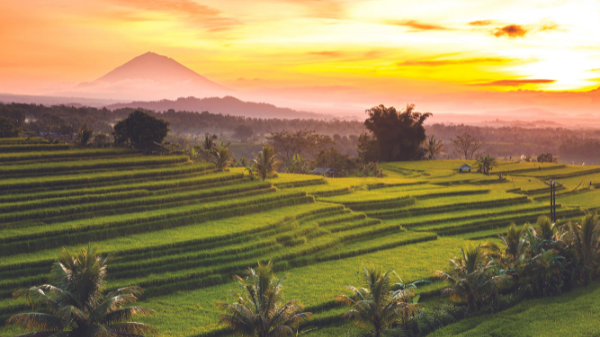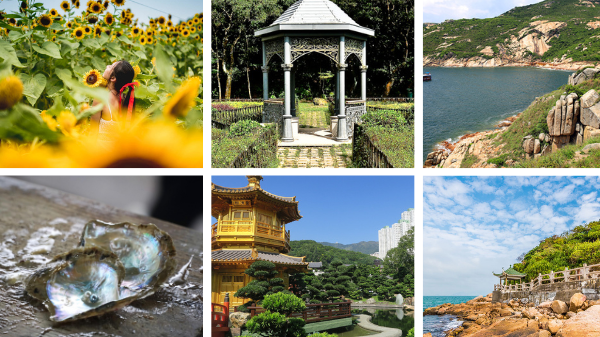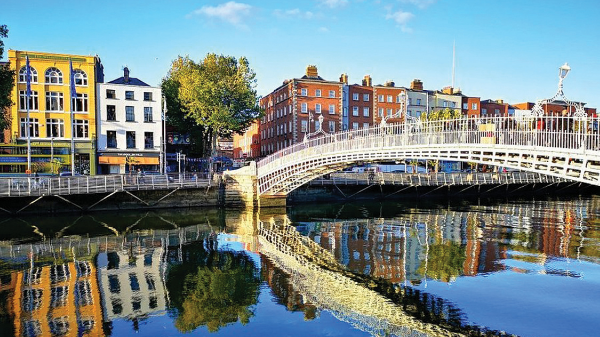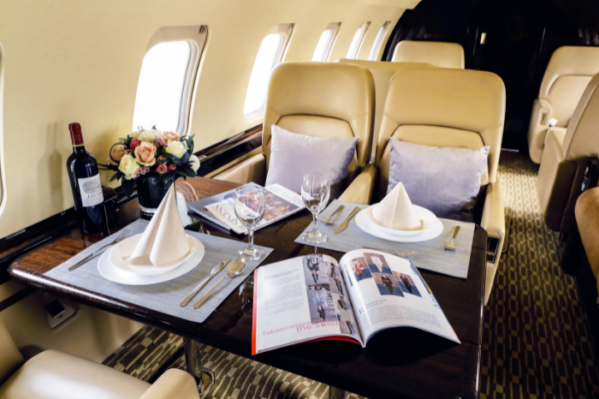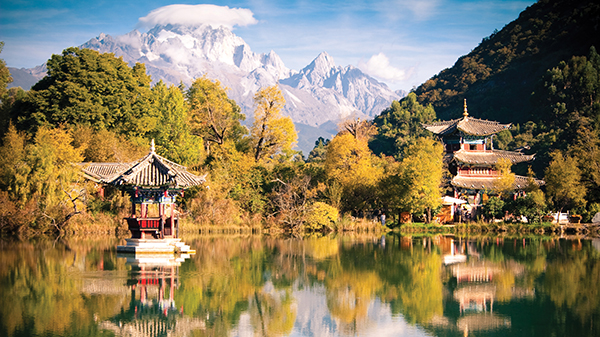Much has been said and lists have been created by numerous groups and publications with their own ranking of which city tops other cities in terms of its Gross Domestic Product, number of millionaires and all other varying elements.
In a city like Hong Kong, where any house and estate owner can easily be considered a millionaire due to the high property and land rate, we take it a notch higher and count the billionaires in these cities instead. The high-net-worth people or the “individuals with net assets of USD $1 billion or more”, or the billionaires who reside in these cities on the list, were taken into account.
With cities from the United States, Europe, Asia-Pacific, Oceania and Swiss cantons, a new metropolis has proven itself a better base for the mega-rich. A quick peruse of the updated Rich List, as ever, makes for a fascinating reading.
20. Melbourne, Australia
Melbourne is home to 12 billionaires, 149 centimillionaires and 97,300 millionaires, as well as several of Australia’s leading companies, including ANZ, BHP, Rio Tinto and Telstra.
![]()
19. Zurich, Switzerland
Almost tied with Melbourne, The Canton of Zurich is also home to 12 billionaires, including 258 centimillionaires and 105,100 millionaires, as well as three globally-leading private banks – Credit Suisse, Julius Baer and UBS.
18. Tokyo, Japan
Joining this triple tie is Tokyo, which is also home to 12 billionaires, including 263 centimillionaires and 304,900 millionaires, with its wealth spread largely across lower-tier millionaires, as evidenced by the relatively low level of its billionaire population but ranks 2nd highest in terms of millionaires. Honda, Hitachi, Mitsubishi and Sony are among the most significant businesses with headquarters in the city.

17. Frankfurt, Germany
Frankfurt, the wealthiest city in continental Europe, is home to 14 billionaires, including 161 centimillionaires and 117,400 millionaires.

16. Paris, France
There are 15 billionaires, 121 centimillionaires and more than 88,600 millionaires in Paris. Key industries include financial services, luxury products and hospitality. The city is home to many of the biggest businesses in Europe, including BNP Paribas, Credit Agricole and Moet Hennessy Louis Vuitton.
15. Sydney, Australia
Sydney, which has 16 billionaires, 188 centimillionaires and 129,500 millionaires, has had very high wealth development over the past 20 years and is quickly rising to the top of the list of global financial hubs. Bellevue Hill, Darling Point, Double Bay, Dover Heights, Longueville, Mosman, Point Piper and Vaucluse are a few examples of affluent suburbs.

14. Geneva, Switzerland
Geneva is home to some of the world’s most highlyprivileged people, with about 18% of its population classified as high-net-worth persons. It is tied with Sydney with 16 billionaires, but with 345 centimillionaires and notably high concentration of 90,300 millionaires, and is home to prominent businesses like Rolex, Patek Philippe and Pictet.
13. Toronto, Canada
Toronto is home to 17 billionaires, 187 centimillionaires and 116,100 millionaires. Brookfield Asset Management, The Four Seasons Hotel Group, the Royal Bank of Canada and Scotiabank are just a few of the notable businesses with headquarters in the metropolis.
12. Dallas, Texas
There are 18 billionaires in the Dallas–Fort Worth metroplex, including 211 centimillionaires and 92,300 millionaires, with American Airlines, AT&T, CBRE, ExxonMobil and Southwest Airlines also all calling it home.
11. Seoul, Korea
There are 25 billionaires, including 241 centimillionaires and 102,100 millionaires living in Seoul, while Hyundai, Kookmin Bank, LG and Samsung also call it home.

10. Houston, US
Entering the top 10 is Houston, Texas with 25 billionaires same with Seoul, but with 314 centimillionaires and 132,600 millionaires. In terms of wealth expansion over the past 20 years, the city has been one of the fastest growing in the world. It also leads the US in a number of important sectors, including engineering, oil, gas and aviation.
9. Singapore
Singapore is Asia’s second-largest millionaire enclave after Tokyo. But at present, the city state is said to be home to 26 billionaires, including 336 centimillionaires and 249,800 millionaires. It has also been deemed one of the world’s most business-friendly cities.

8. Hong Kong, China
10 years ago, Hong Kong was the second wealthiest city in the Asia-Pacific region after Tokyo. Although it has slipped down the ranking, it is still home to 28 billionaires, 280 centimillionaires and 125,100 millionaires. Many of Asia’s richest business people continue to reside in the city and the Hong Kong Stock Exchange is still one of the most significant stock markets in the world.

7. Chicago, US
Chicago, the largest inland city in the US, has a highly diversified economy with strengths across a number of important industry sectors. Tied with Hong Kong, it is home to 28 billionaires, including 340 centimillionaires and 160,100 millionaires. Notable firms including, McDonald’s and Boeing, have their headquarters in the city.

6. Los Angeles, US
It is estimated that there are 34 billionaires living in the region, along with 393 centimillionaires and 92,400 millionaires living in the region. This figure includes wealth held in the city of Los Angeles, as well as in nearby Malibu, Beverly Hills, Laguna Beach, Newport Beach and Santa Monica. Entertainment, IT, retail, and transportation are the region’s key sectors.
5. London, United Kingdom
At present, the British capital is said to be home to 38 billionaires, including 406 centimillionaires and 272,400 millionaires. Particularly favoured by the mega-wealthy are the houses and apartments with views of Hampstead Heath, Regents Park or one of the city’s other green spaces.

4. Shanghai, China
Shanghai, the most populous city in China, is home to 42 billionaires, 350 centimillionaires and 130,100 millionaires, as well as being regarded as the country’s financial hub. According to market cap, the Shanghai Stock Exchange is the third biggest in the world (after the Dow Jones and NASDAQ).
3. Beijing, China
Beijing, makes it to the top 3 having a particularly high number of billionaires – 44. It is also home to 363 centimillionaires and 131,500 millionaires. In addition, Beijing is home to the majority of China’s biggest corporations.

2. New York, US
Settling in for number 2, the Big Apple has 59 billionaires, including 737 centimillionaires and 345,600 millionaires. It is also home to the world’s two largest stock exchanges by market cap (the Dow Jones and NASDAQ)
1. San Francisco Bay area, US
This year, San Francisco Bay Area takes the top spot and claims its status as the Richest Billionaire City in the World. In all, the city has more members of the four-comma club than any other metropolis on the planet, with 62 billionaires, including 623 centimillionaires and 276,400 millionaires. Home to wealthy tech millionaires, Silicon Valley has been consistent on the list of billionaire hubs.
(Text: Joseff Musa)



